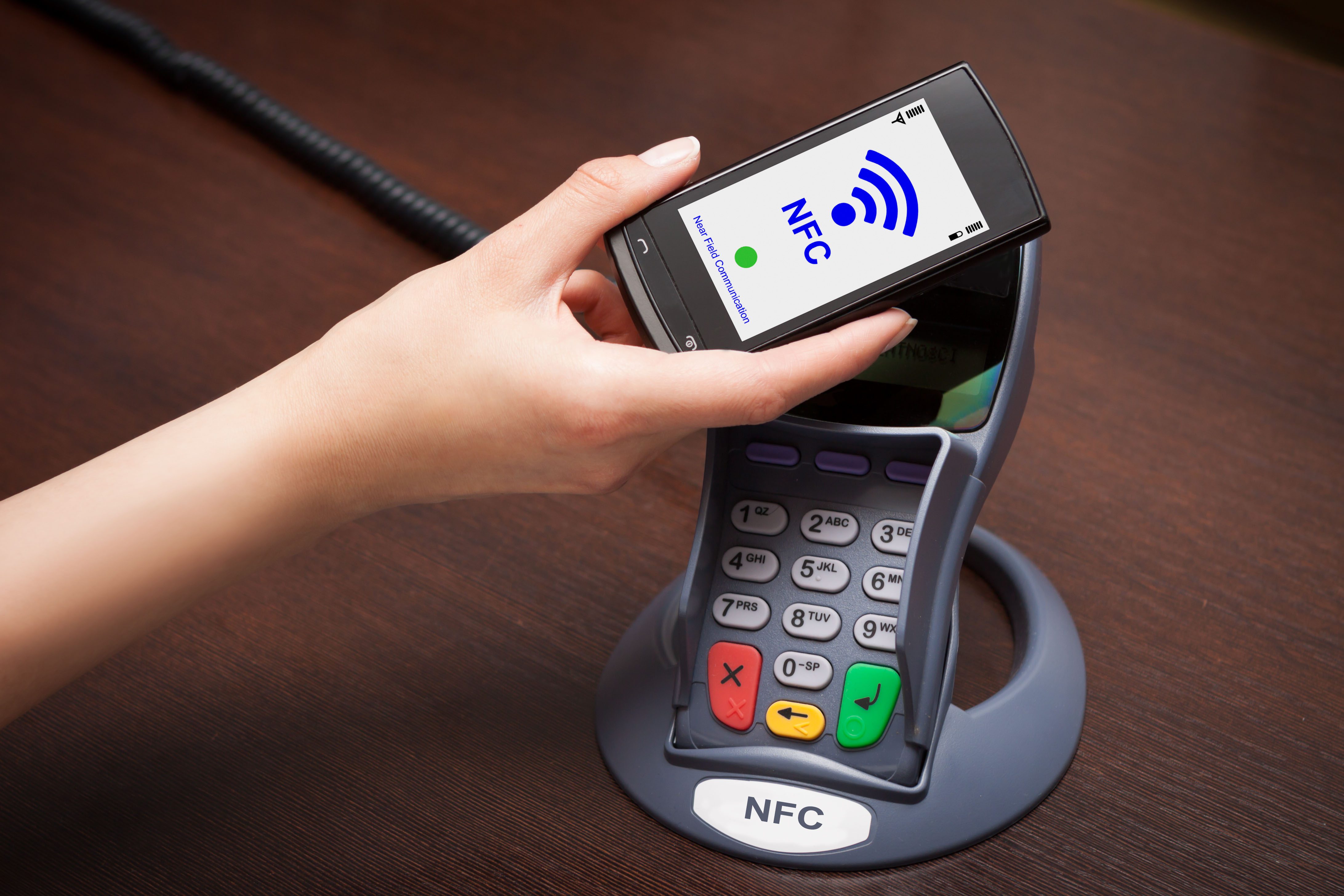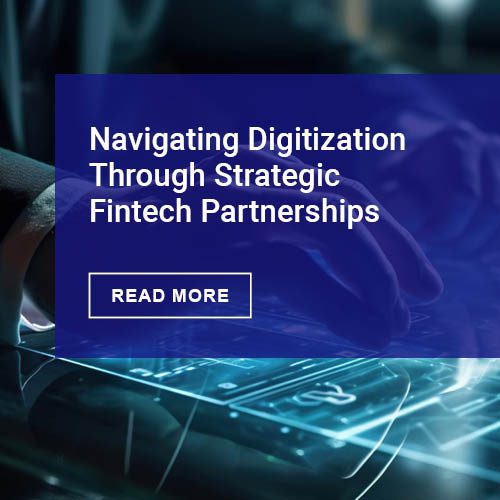For most consumers, a debit card is the closest connection they’ll ever have to a financial institution. While they might also have auto loans, a mortgage or an investment account with a bank, the on-demand account tied to their debit card is the one they use day to day — the one they most rely on for safe and convenient payment transactions and the management of personal finances. It’s also the link to a primary FI that is most susceptible to disruption and disintermediation. How would mobile card services affect things?
Mobile card services allow you to store your card information on your phone and make payments using your phone instead of a physical card. This has a number of advantages. First, it’s more secure. If you lose your phone, you can cancel the service and prevent anyone from using your card information. Second, it’s more convenient. You don’t have to worry about carrying around a physical card or remembering your PIN number. And third, it gives you more control over your spending. You can set limits on how much you can spend in a day or week, and you can track your spending more easily.
A March 26 webinar hosted by ATM Marketplace and sponsored by Elan Financial Services examined the challenges and opportunities confronting FIs in a mobile world where new banking alternatives seem to appear daily out of thin air, and where the next generation of adult consumers — millennials — are also the first generation in modern times to see a relationship with a brick-and-mortar bank as optional.
Banking customers are increasingly using – and embracing – new ways to access and manage their banking accounts, particularly with the use of smartphones and other mobile devices. This 24×7, “always on” banking environment fits in nicely with users’ busy lives and lifestyles, particularly with Millenials and tech-savvy customers and members.
These power users are also interested in managing their financial experiences through their mobile apps, including creating spending and low balance alerts and turning their debit card on and off. These capabilities serve to empower banking customers as well as deepen relationships and improve the overall customer experience.
Overview by Edward O’Brien, Director, Banking Channels Advisory Service at Mercator Advisory Group
Read the full story.











